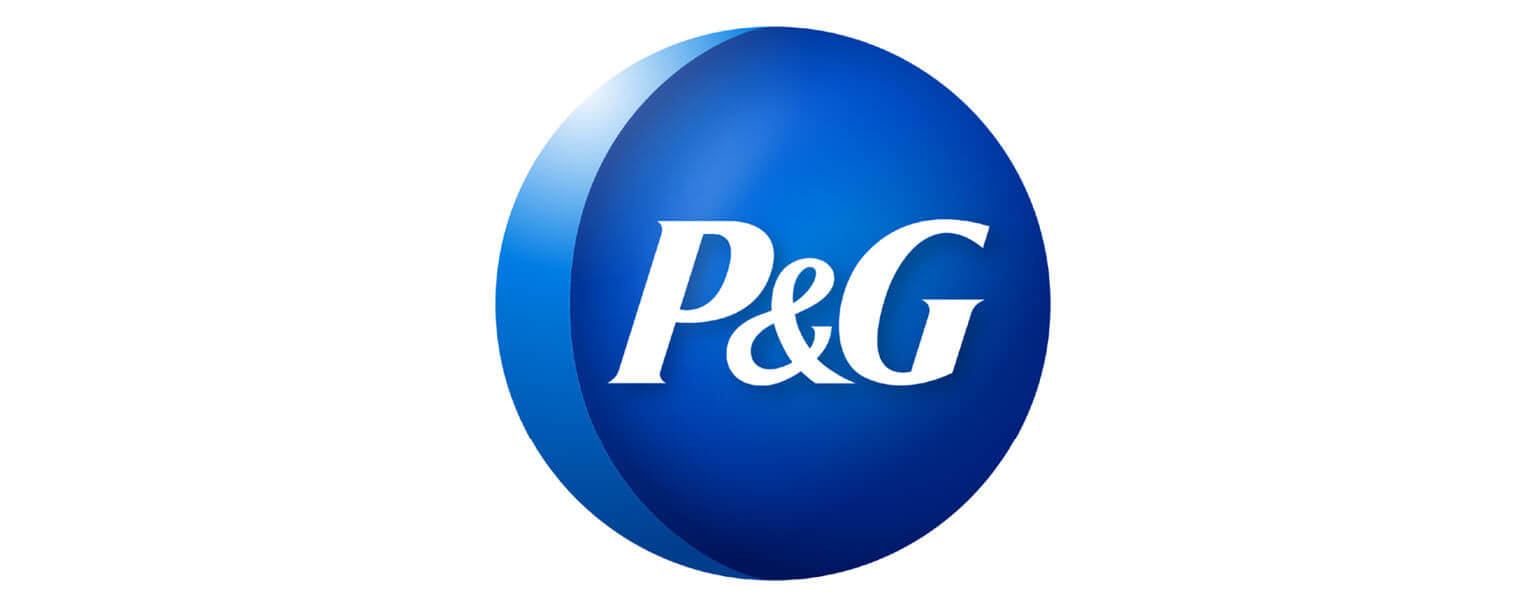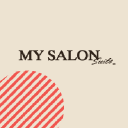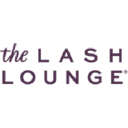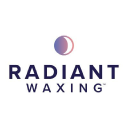Summary
to understand this market
Detailed content
 Inforamtion
Inforamtion
- Number of pages : 30 pages
- Format : Digital and PDF versions
- Last update : 03/04/2022
 Summary and extracts
Summary and extracts
1 Market overview
1.1 Definition and presentation
A beauty salon is defined as a business that offers its clients aesthetic treatments and aesthetic massages without medical purposes.
Beauty salons are operators who perform aesthetic treatments including body care, facials, beauty treatments, waxing and other more specific treatments (UV tanning, pulsed light). They can be generalists or specialized in one treatment.
Salons compete with fitness and thalassotherapy institutes, SPAs and massage salons.
The U.S. beauty salon market growth between 2015 and 2020 was 1.2% per year. The market is highly fragmented, with a consumer base concentrated in the Northeast and Midwest. The beauty salon workforce numbered approximately 721,000 in 2018, of which approximately 75% were hairdressers.[datausa]
1.2 The global market
The global beauty salons and spas market was estimated at $***.** billion in ****. Due to the Covid-** outbreak and restrictive travel measures, industry revenue declined by *% in ****.
However, recovery is expected to take place as early as **** at a slower pace than forecasted prior to the Covid-** crisis. Indeed, on a global ...
1.3 The American market
The breakdown of the U.S. market revenue was as follows in ****.
Breakdown of beauty salon revenues in the United States United States, ****, in Source: ****
With total sales estimated at $** billion in ****, it is possible to estimate the beauty salon market at **.*% of this value, or $**.* billion in ****.[***]
2 Analysis of the demand
2.1 Specificities of the American demand
Popular treatments in the United States
The following graph shows the favorite beauty treatments among American women who receive more than three treatments per year. It is noticeable that hair-related treatments represent a significant portion of the demand.
Preferred treatments for women who receive more than three treatments per year United ...
2.2 Fears related to the health crisis
The health crisis has induced important changes in the demand for beauty care. Indeed, a part of the consumers is worried about the risks of transmission of Covid. The following graph shows that up to **% of respondents were reluctant to request facial care.
However, it is noted that **% of consumers do ...
2.3 Growth in demand for DIY beauty and self-care products
The Covid crisis in the United States has led to a surge in sales of do-it-yourself beauty products. If it is believed that these products can substitute some beauty salon treatments, this trend could pose a threat to the industry.
The following graph shows the progression of these sales from **** to ...
3 Market structure
3.1 Market structure
The following graph shows the distribution of establishments making up the beauty care sector in the United States. It can be seen that barber shops represent a minority of the total number of establishments.
US beauty care sector United States, ****, in units Source: ****
Both segments are highly fragmented. Indeed, the top ...
3.2 Hairdressers and cosmetologists in the United States
The Bureau of Labor offers statistics on hairstylists and cosmetologists in the United States. Their total number was estimated at ***,***, with ***,*** working in the personal care industry. While the top states in terms of total number of workers are Texas, California, Florida, New York and Pennsylvania, it is more interesting to ...
3.3 A growing online presence
Digital appointment booking
The health crisis has led to a growth in online beauty care bookings.
First of all, the following graph shows an increase in the share of businesses in the sector using automated technology to confirm their appointments since the beginning of the crisis. **% of establishments have taken advantage ...
4 Analysis of the offer
4.1 Services offered
In general, the services offered by beauty salons are distinguished between facials, body treatments, hair removal for women, hair removal for men and finally beauty. There are also institutes that specialize in hair removal or manicure
Beauty salons offer several services in each category, including the following
Facial care The average ...
4.2 Price overview
The price offered for the same service by the institutes varies considerably depending on the duration of the treatment, but also between institutes
In addition, the subscription system of the clients also makes the rates vary; they are higher (***) for the non-subscribing clients. Below is an overview of beauty salon prices ...
4.3 New offers linked to the health crisis
The health crisis gave rise to several innovations on the part of beauty institutes that were obliged to transform their offer.
Most of these innovations consisted of institutes sharing their skills online, in the form of tutorials or virtual classes. However, the emergence of gauges to limit the number of people ...
5 Regulation
5.1 US regulations
In the United States, cosmetics are regulated by the Food and Drug Administration (***).
As far as beauty salons are concerned, establishments must have the right license according to the state. In addition, all cosmetologists must have their cosmetology licenses. There are also specializations of these licenses for hair, skin or ...
6 Positioning of the actors
6.1 Segmentation
- Procter & Gamble
- L'Oréal Groupe
- My Salon Suite
- The Lash Lounge
- Radiant Waxing
 List of charts
List of charts
- Size of the global beauty salon and spa market
- What care are you reluctant to receive in the current health context?
- What security measure do you want salons to continue to implement?
- American beauty care sector
- Increase in sales of DIY beauty products
All our studies are available online in PDF format
Take a look at an example of our research on another market!
Latest news
Companies quoted in this study
This study contains a complete overview of the companies in the market, with the latest figures and news for each company. :
 Choosing this study means :
Choosing this study means :
Access to more than 35 hours of work
Our studies are the result of over 35 hours of research and analysis. Using our studies allows you to devote more time and added value to your projects.
Benefit from 6 years' experience and over 1,500 industry reports already produced
Our expertise enables us to produce comprehensive studies in all sectors, including niche and emerging markets.
Our know-how and methodology enable us to produce reports that offer unique value for money.
Access to several thousand articles and paid-for data
Businesscoot has access to all the paid economic press as well as exclusive databases to carry out its market research (over 30,000 articles and private sources).
To enhance our research, our analysts also use web indicators (semrush, trends, etc.) to identify market trends and company strategies. (Consult our paying sources)
Guaranteed support after your purchase
A team dedicated to after-sales service, to guarantee you a high level of satisfaction. +44 238 097 0676
A digital format designed for our users
Not only do you have access to a PDF, but also to a digital version designed for our customers. This version gives you access to sources, data in Excel format and graphics. The content of the study can therefore be easily retrieved and adapted for your specific needs.
 Our offers :
Our offers :
the beauty salon market | United States
- What are the figures on the size and growth of the market?
- What is driving the growth of the market and its evolution?
- What is the positioning of companies in the value chain?
- Data from several dozen databases
5 reports pack (-15%) USA United States
- 5 reports at €75.6 excluding VAT per study to choose from our American catalogue for 12 months
- Save 15% on additional studies purchased
- Choose to be refunded any unused credit at the end of the 12-month period (duration of the pack)
See the terms and conditions of the pack and the refund of unused credit.
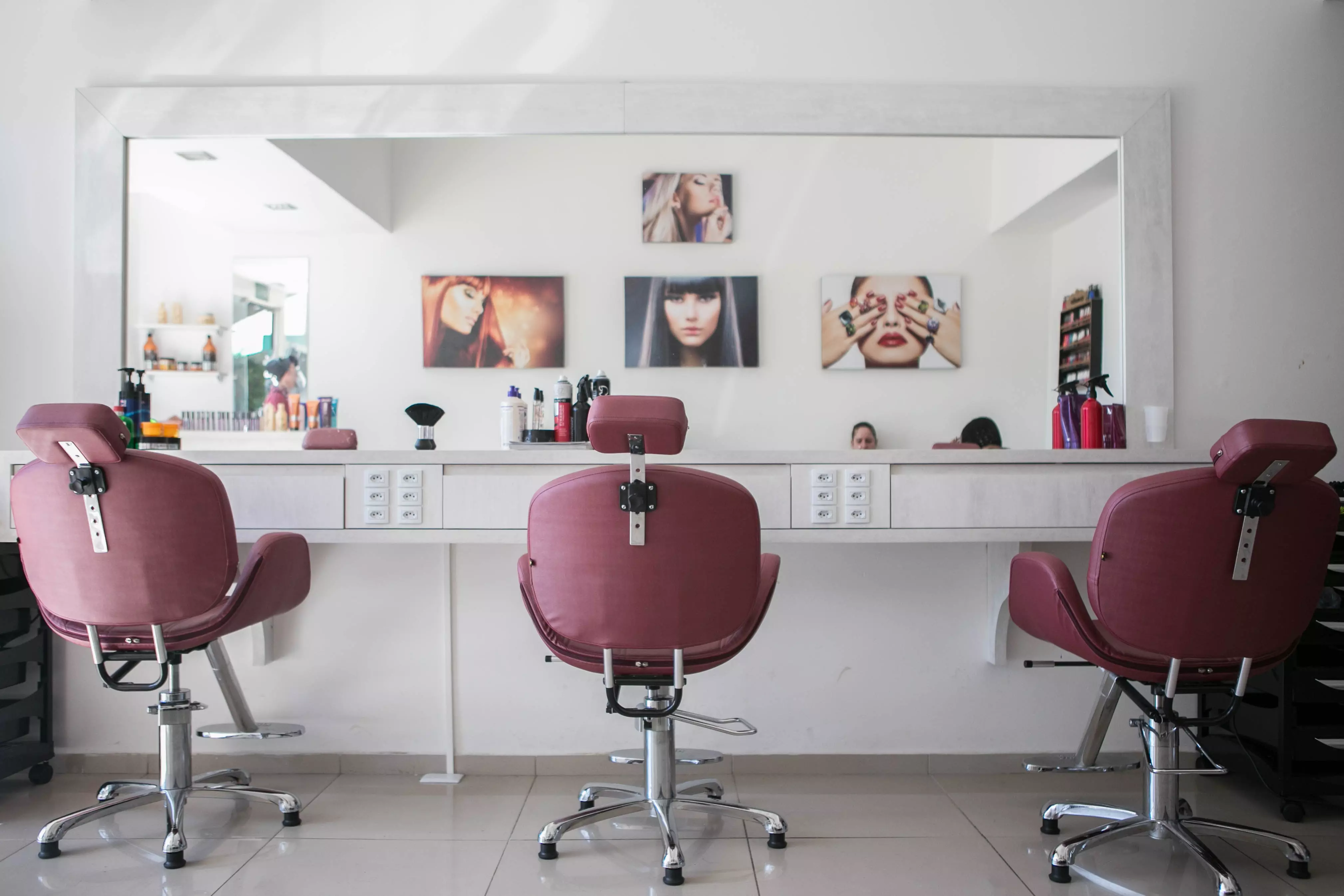




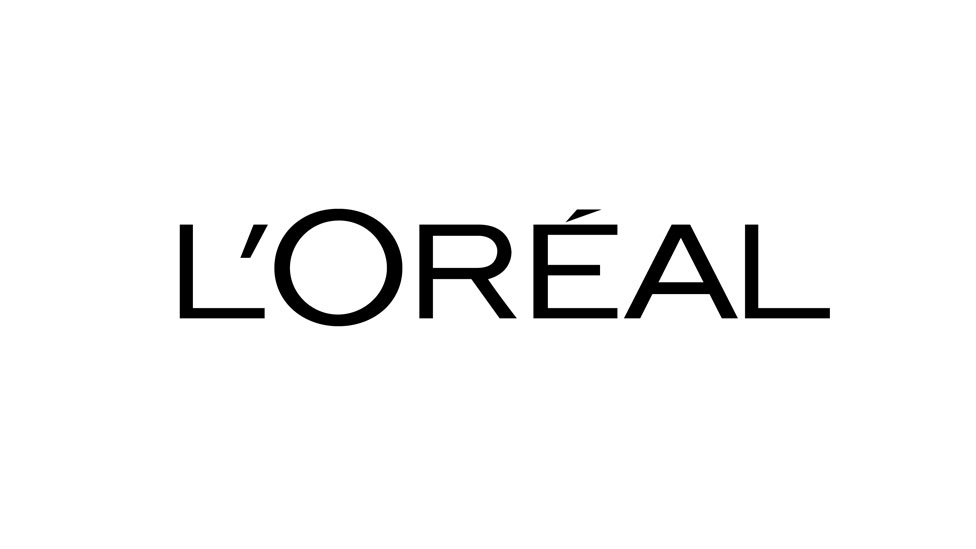 L'Oréal becomes number one in luxury cosmetics and dethrones Estée Lauder - 11/02/2024
L'Oréal becomes number one in luxury cosmetics and dethrones Estée Lauder - 11/02/2024
